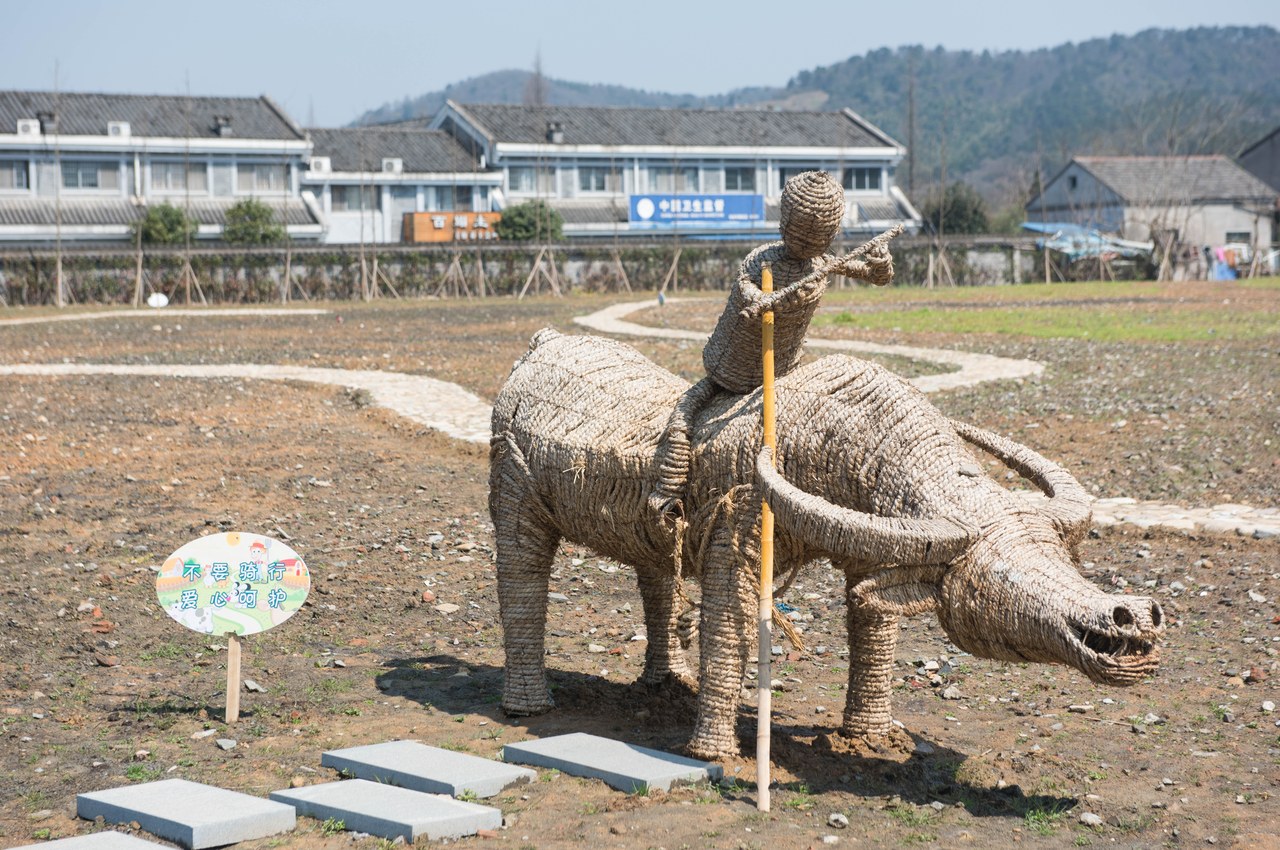
Cicheng of Ningbo City, Zhejiang Province is present at the list of well- known historical and cultural towns in China. It is taken as the No.1 ancient county town and a town of ancient documents in South Yangtze Area. In 738, the Tang government set the county seat of Cixi in this place, hence the name of Cicheng.
It is the most well-preserved millennial county in regions south of the Yangtze River, where there are abundant historic relics and the ancient architectural complex has been designated as the key cultural relics site under state-level protection. The geographic and geomorphic conditions of Cicheng are distinctive and the environment is beautiful. With a twin-chessboard layout, the town has been commended as “a representative of Chinese traditional county seats” by architectural experts.
Cicheng, situated on the coast of the South China Sea and the bank of Yao River, is entitled as “Town with the Most Beautiful Environment”. Its history can date back to 473 B.C. Previously known as Gouyu and Gouzhang, it got the name of Cixi County in the 26th year of Kaiyuan Period of the Tang Dynasty.
With a history of 2,400 years, Cicheng has developed a profound culture represented by the ancient architectures including the ancient yamen (government office), Confucian temple, the examination hall in feudal China, Qing Taoist temple, Chenghuangmiao (the City God temple of Shanghai) and mansions of aristocratic families while there still remain ample cultural relics and historical sites such as ancestral temples, memorial archways, ancient schools and academies, as well as white walls and windows engraved with exquisite patterns.
There are as many as 33 key cultural relics sites under the state-level, provincial-level, city-level and district-level protection and the architectural complex was enlisted as the key cultural relics site under state-level protection in 2006. At the same time, Cicheng has fertile soil which has produced a long list of eminent scholars including 519 jinshi (successful candidates in the highest imperial examinations) from the Tang Dynasty to the Qing Dynasty, thus gained its reputation of “a blessed land producing a galaxy of talents” while a large pool of personages have been fostered on this land such as Zhou Xinfang (a famous artist of Peking Opera), Ying Cangqi (a successful businessman), Feng Jicai (an excellent writer, painter and folk artist) in modern times.
The cultural value of the ancient Cicheng county town lies not only in its long history, but also in its unique landscape. The waters and mountains contrast finely with each other, with mountains and hills such as the Wulei Mountains and the Taizong Mountains encircling the town and forming a festive shape called Nine Dragons playing with pearls,and lakes and rivers such as the Yao River and the Cheng River crisscrossing the town form another auspicious shape named Residential Complex Nurtured by Four Waters. The townscape features vaulted shapes and the streets are laid out in squares like turtle backs. Coupled with a beautiful and tranquil surrounding, the layout of the town embodies the wishes of the ancient people for a harmony between the nature and human beings.
(Executive Editor: Liu LIU)